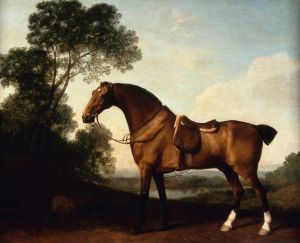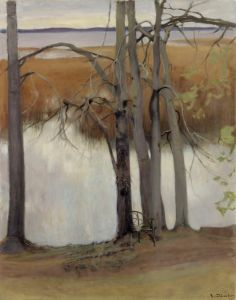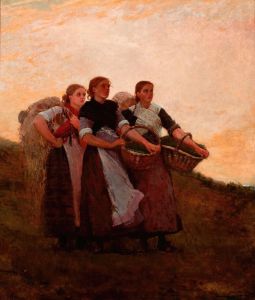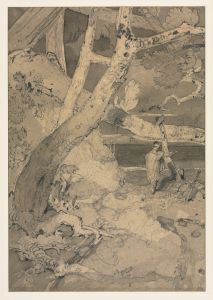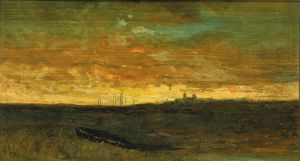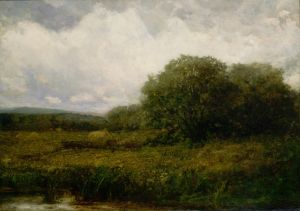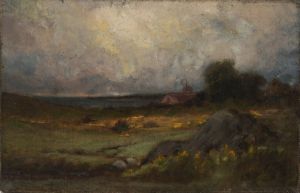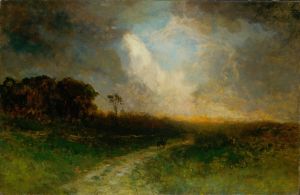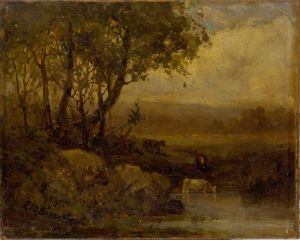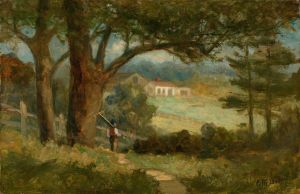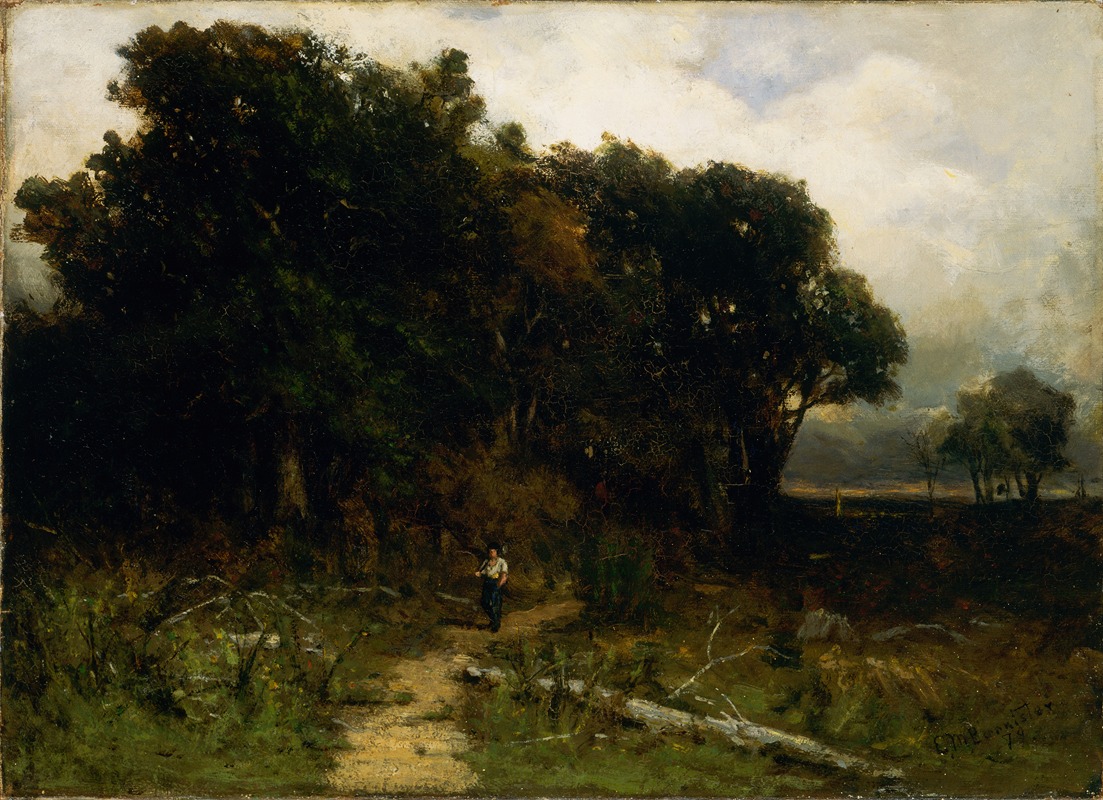
Untitled
A hand-painted replica of Edward Mitchell Bannister’s masterpiece Untitled, meticulously crafted by professional artists to capture the true essence of the original. Each piece is created with museum-quality canvas and rare mineral pigments, carefully painted by experienced artists with delicate brushstrokes and rich, layered colors to perfectly recreate the texture of the original artwork. Unlike machine-printed reproductions, this hand-painted version brings the painting to life, infused with the artist’s emotions and skill in every stroke. Whether for personal collection or home decoration, it instantly elevates the artistic atmosphere of any space.
Edward Mitchell Bannister was a prominent African American artist known for his contributions to the American art scene in the 19th century. Born in 1828 in St. Andrews, New Brunswick, Canada, Bannister moved to the United States, where he became an influential figure in the art community, particularly in Providence, Rhode Island. His work is often associated with the Barbizon school of painting, which emphasized naturalism and the depiction of rural landscapes.
Bannister's painting "Untitled" is one of many works that showcase his skill in capturing the subtleties of light and atmosphere. Although specific details about this particular painting are limited, it is representative of Bannister's broader oeuvre, which often focused on pastoral scenes and the beauty of the natural world. His landscapes are characterized by their serene compositions and delicate brushwork, reflecting his deep appreciation for nature.
Throughout his career, Bannister faced significant racial barriers but persevered to gain recognition for his artistic talents. In 1876, he achieved a major milestone when his painting "Under the Oaks" won a first-prize medal at the Philadelphia Centennial Exposition. This accolade was particularly significant given the racial prejudices of the time, and it helped to establish Bannister's reputation as a respected artist.
Bannister was a self-taught artist who drew inspiration from various sources, including the works of European masters and the natural environment around him. His style evolved over time, but he consistently maintained a focus on capturing the essence of the landscapes he painted. His use of color and light was particularly notable, as he sought to convey the mood and atmosphere of the scenes he depicted.
In addition to his artistic achievements, Bannister was an active member of the Providence art community. He co-founded the Providence Art Club in 1880, which became an important institution for artists in the region. The club provided a space for artists to collaborate, exhibit their work, and support one another in their creative endeavors.
Bannister's legacy is significant not only for his contributions to American art but also for his role as a trailblazer for African American artists. His success in the face of adversity paved the way for future generations of artists of color. Today, his works are held in various collections, including the Smithsonian American Art Museum and the Rhode Island School of Design Museum, where they continue to be appreciated for their beauty and historical importance.
While specific information about the painting "Untitled" is scarce, it remains an example of Bannister's dedication to his craft and his ability to transcend the limitations imposed by society during his lifetime. His work continues to inspire and resonate with audiences, highlighting the enduring power of art to bridge cultural and historical divides.





